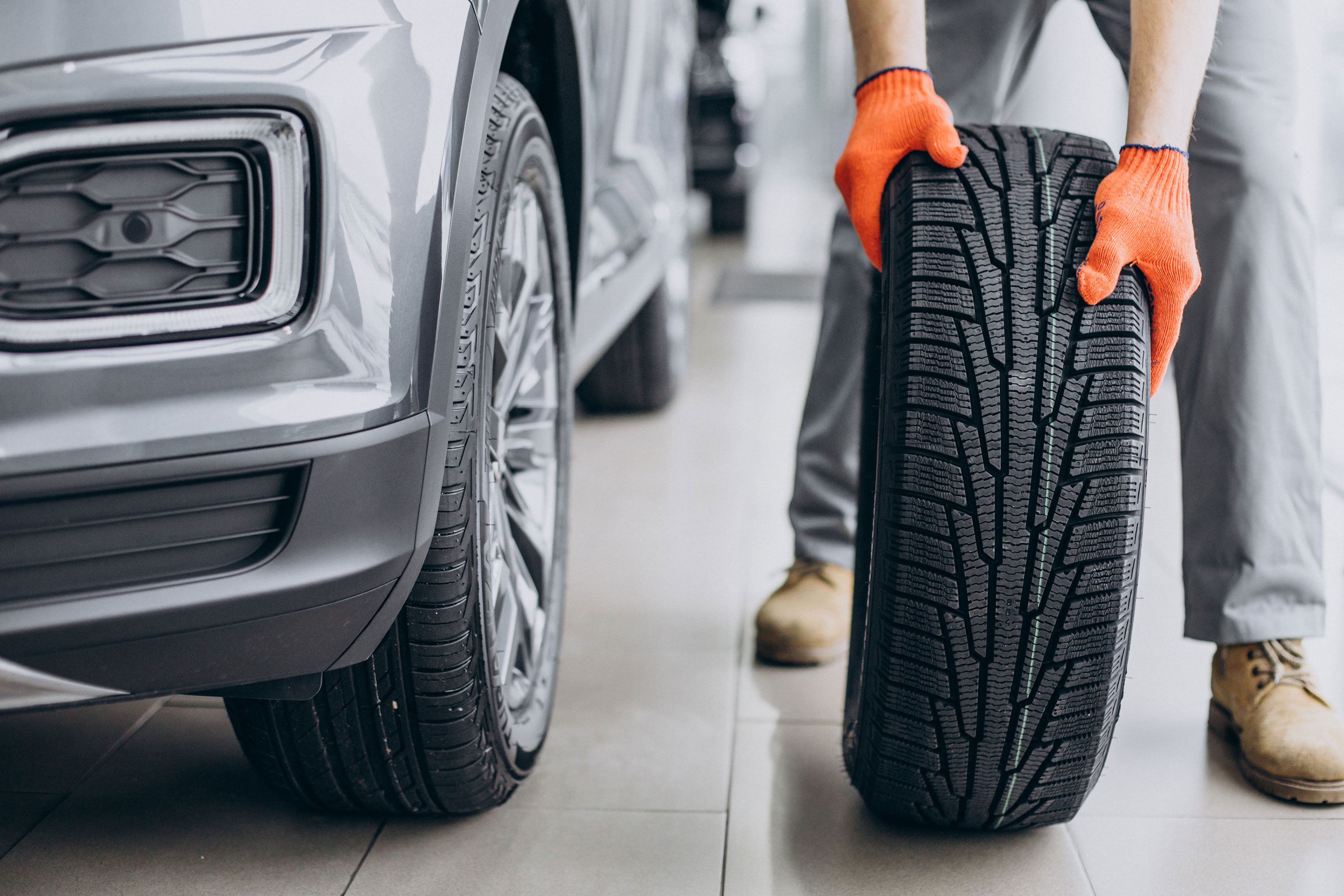All Categories
Featured
Table of Contents
The Michelin offered a comfortable driving experience, characterised by responsive steering and a dynamic understeer equilibrium. Despite the cooler testing conditions, Michelin's consistent time and hold over 3 laps indicates its viability for real-world applications. Alternatively, Yokohama's performance was unique. While its super-quick steering led to a quick front axle turn, the back revealed a tendency to turn much more.
The tire's very first lap was a 2nd slower than the 2nd, pointing to a temperature-related grasp boost. For day-to-day usage, the Michelin may be a more secure bet.
Honest Tyre Maintenance (Koondoola WA)
It shared Michelin's risk-free understeer balance yet did not have the latter's desire to transform. Continental and Goodyear's efficiencies were significant, with Continental's brand-new PremiumContact 7 revealing a significant improvement in damp problems contrasted to its predecessor, the PC6. This design was far less conscious pack modifications and acted a lot like the Michelin, albeit with a little much less communication at the limit.
It incorporated the safe understeer balance of the Michelin and Continental with some flashy handling, showing both foreseeable and fast. As an all-rounder for this Golf GTI, Goodyear's Uneven range was the standout, demonstrating outstanding efficiency in the damp. The Bridgestone Potenza Sporting activity took the crown as the fastest tire, albeit by a small margin.
Chauffeurs looking for an exciting damp drive might find this tyre worth taking into consideration. The standout entertainer in wet stopping was the latest tire on test, the PremiumContact 7, though the outcomes are nuanced.
Trusted High-quality Tyres
Preferably, we desired the cold temperature level test to be at around 5-7C, but logistical hold-ups implied we evaluated with an ordinary air temperature level of 8C and water at 12C. While this was cooler than conventional test problems, it was still warmer than real-world conditions. The warm temperature level test was done at an average of 18C air and 19C water.
The 3rd run entailed wet braking examinations on worn tyres, especially those machined to 2mm with a small confrontation. While we meant to do even more with these worn tyres, weather condition restrictions limited our testing. It's worth noting that wet stopping is most important at the used state, as tires typically improve in dry conditions as they put on.

However, it shared one of the most considerable performance decline, together with the Yokohama, when put on. Bridgestone, Goodyear, and Michelin saw the least efficiency decrease when put on. Bridgestone and Goodyear's efficiency dipped in cooler conditions. The Hankook tyre signed up the tiniest efficiency drop as temperature levels cooled, however it was among the most affected when put on.
Leading Tyre Checks – Koondoola WA
The take-home message right here is that no single tyre excelled in all elements of damp stopping, suggesting a complex interaction of variables affecting tire efficiency under different conditions. There was a standout tire in aquaplaning, the Continental finished top in both straight and rounded aquaplaning, with the Michelin and Goodyear additionally excellent in much deeper water.

Yokohama can gain from slightly more hold, an issue potentially influenced by the cooler problems. As for handling, all tires carried out within a 2% array on the lap, demonstrating their high-grade performance (Tyre maintenance). Thinking about these tyres essentially target the same customer, it's fascinating to observe the considerable distinctions in feeling.
The surprise is since the PremiumContact 6 was one of my favourites for flashy completely dry drives, however its follower, the PremiumContact 7, appears extra mature and appears like Michelin's performance. Amongst these, Hankook was the least accurate in guiding and interaction at the limit. High-quality tyres. Both Michelin and Continental offered wonderful initial steering, albeit not the fastest
If I were to suggest a tire for a rapid lap to a novice, state my daddy, it would be one of these. After that we have the 'fun' tires, specifically Yokohama and Bridgestone. Both were quick to guide and felt sportier than the others, however the trade-off is an extra lively back side, making them extra tough to manage.
Trusted Car Tyres
It offered comparable guiding to Bridgestone but supplied much better responses at the limitation and better grip. The Bridgestone Potenza Sport, nonetheless, seemed to break down quite promptly after simply 3 laps on this requiring circuit. There's Goodyear, which positioned itself someplace in between the fun tires and those tending in the direction of understeer.
All in all, these tyres are superb entertainers. In terms of tyre wear, the approach made use of in this examination is what the industry refers to as the 'gold criterion' of wear.
Both the Bridgestone and Yokohama tyres substantially underperformed in comparison to the other four tires in terms of rolling resistance, with Continental somewhat surpassing the remainder. Regarding the convenience degree of the tires, as anticipated, most showed an inverse connection with handling. The Continental, Michelin, and Goodyear tyres executed ideal throughout numerous surface kinds checked.

Bridgestone began to reveal signs of firmness, while Yokohama was particularly rough over pockets. We did determine interior sound degrees; however, as is usually the case, the results were carefully matched, and due to weather restraints, we were unable to perform a subjective analysis of the tires sound. We looked at abrasion numbers, which measure the amount of tyre tread lost per kilometre, normalised to a one-tonne car.
Leading Long-lasting Tyres – Koondoola 6064 WA
This figure represents the quantity of rubber dirt your tires generate while driving. Michelin led in this classification, generating over 9% less rubber particulate matter.
Latest Posts
Reliable Wheel Balancing Services Near Me (Koondoola 6064 WA)
Best Cheap Tyres Near Me (Brabham WA)
Honest Tyre Care Near Me